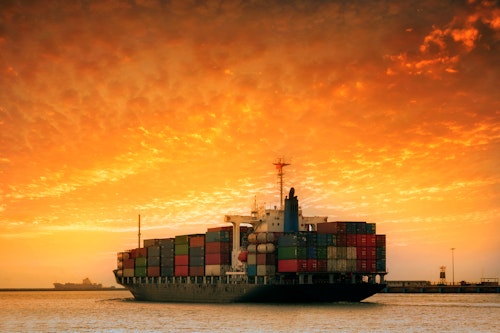What Opponents Have Wrong on Trade Deals

We have long argued that the United States must increase its share of the growing Asian market—a key component to middle-class prosperity and economic growth. Earlier this week, the group Public Citizen called into question the effectiveness of trade deals and claimed that U.S. exports to our 20 free trade agreement (FTA) partners are growing slower than exports to non-FTA countries.
Public Citizen’s own report shows the exact opposite.
If you look at the 17 trade agreements reached since NAFTA using Public Citizen’s own numbers, the U.S. trade balance has improved in 14 countries and by nearly $30 billion in the blue collar goods sector.
We’re not surprised because, in our own analysis of modern trade deals, we found similar results. Since NAFTA, trade deals have resulted in exports growing at double the rate of imports, an improved trade balance for goods in 13 of 17 countries, and a net improvement of $30.2 billion annually in our trade balance. Indeed, looking at export growth from the year before FTA implementation to 2014, the average growth rate across these modern FTAs is a whopping 138%. These numbers are nearly identical to Public Citizen’s. (The slight difference between these two analyses can likely be attributed to different manners of data collection.)
And what’s more impressive is that these figures omit our services trade—America’s strength. Clearly, modern trade deals, which cover every trade deal since NAFTA, have had a powerful positive effect across the board.
Why is it important to look at post-NAFTA deals? Because modern trade deals are different. All modern deals have labor and environmental standards within the agreement; NAFTA did not. Most importantly, TPP is modeled on these modern deals and not NAFTA. In fact, TPP updates NAFTA by adding stronger standards on top of greater market access.
As President Obama noted, “past trade deals haven’t always lived up to the hype…but 95% of the world’s customers live outside our borders, and we can’t close ourselves off from those opportunities.” And because of improvements in trade deals, comparing today’s trade deals to NAFTA is like comparing a 2015 Cadillac CTS to the 1993 Geo Metro. Trade negotiators learned from past mistakes, and TPP is by far the best of all of them.
If we judge the economic impact of trade deals and their benefits to the middle class on improving the balance of trade on goods, then our 21st century trade deals have delivered on that promise, both in Third Way’s and Public Citizen’s analyses.
Subscribe
Get updates whenever new content is added. We'll never share your email with anyone.
